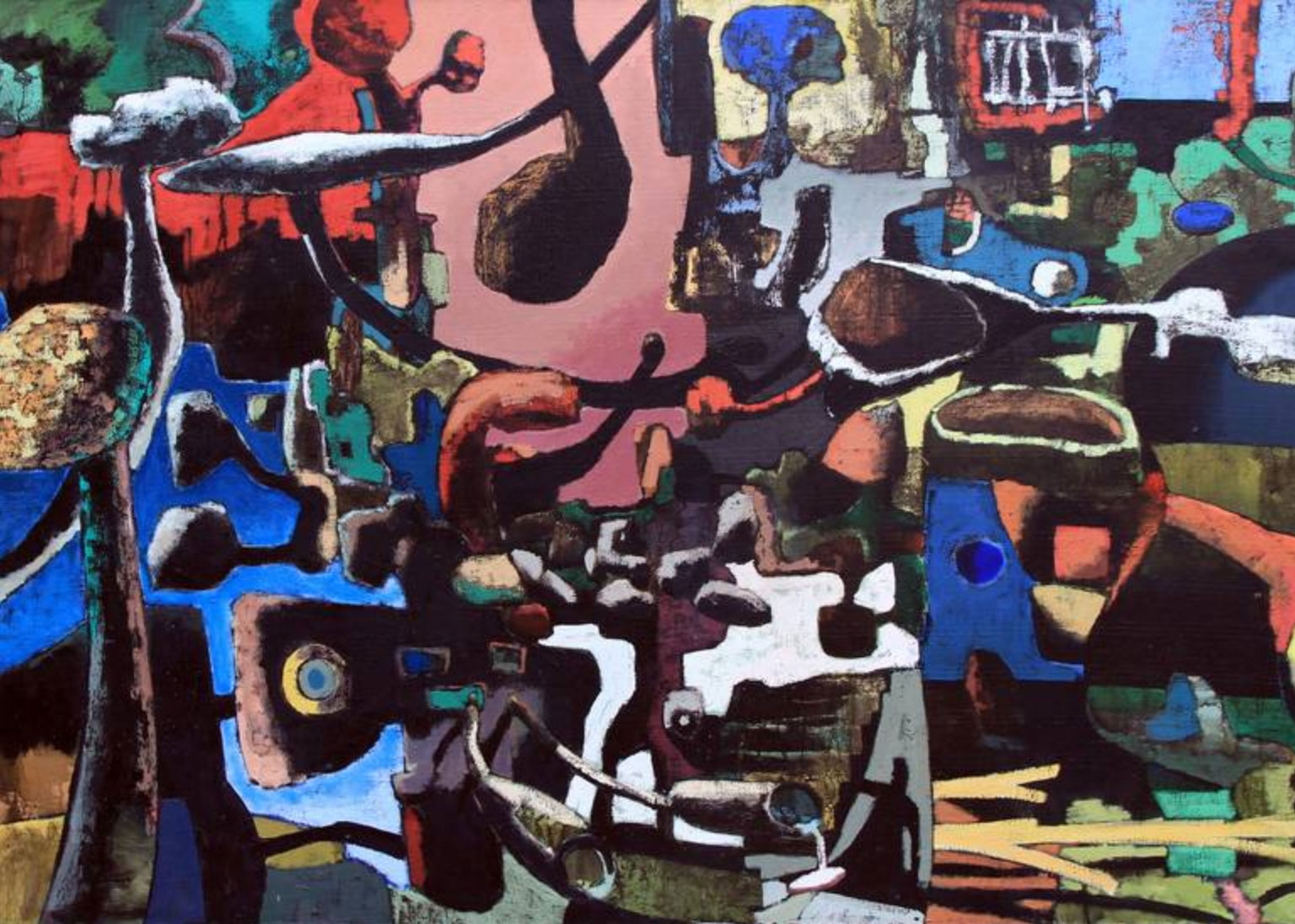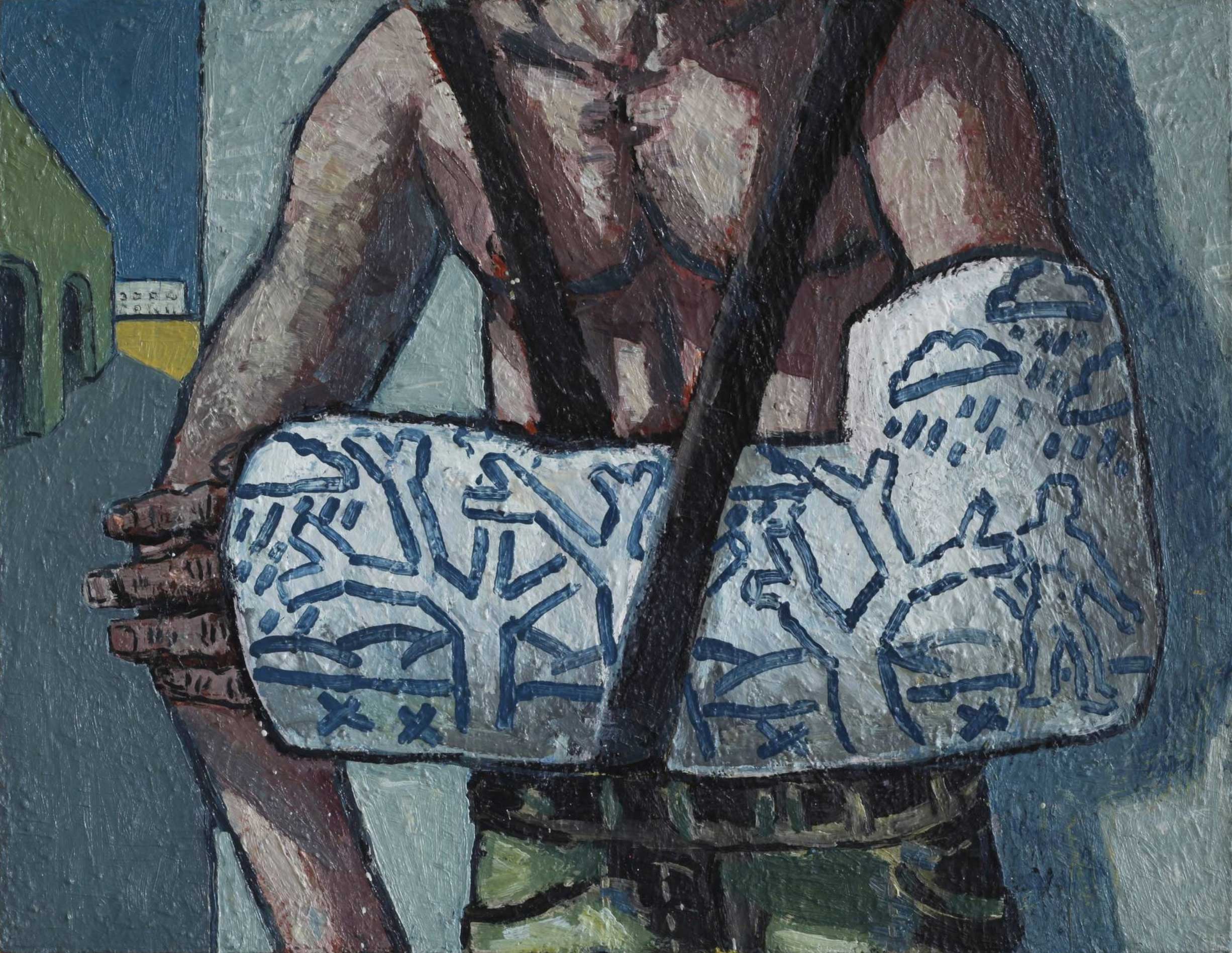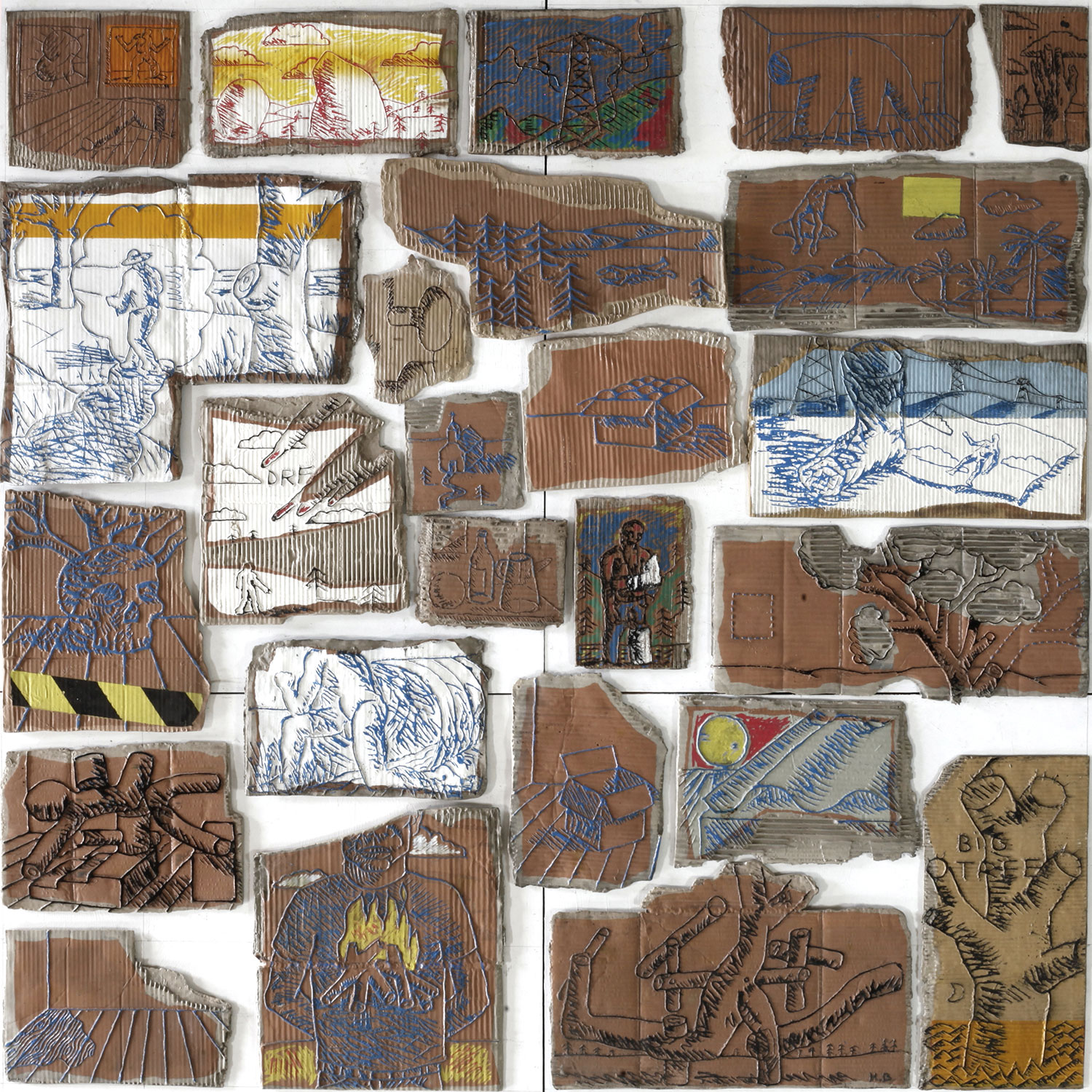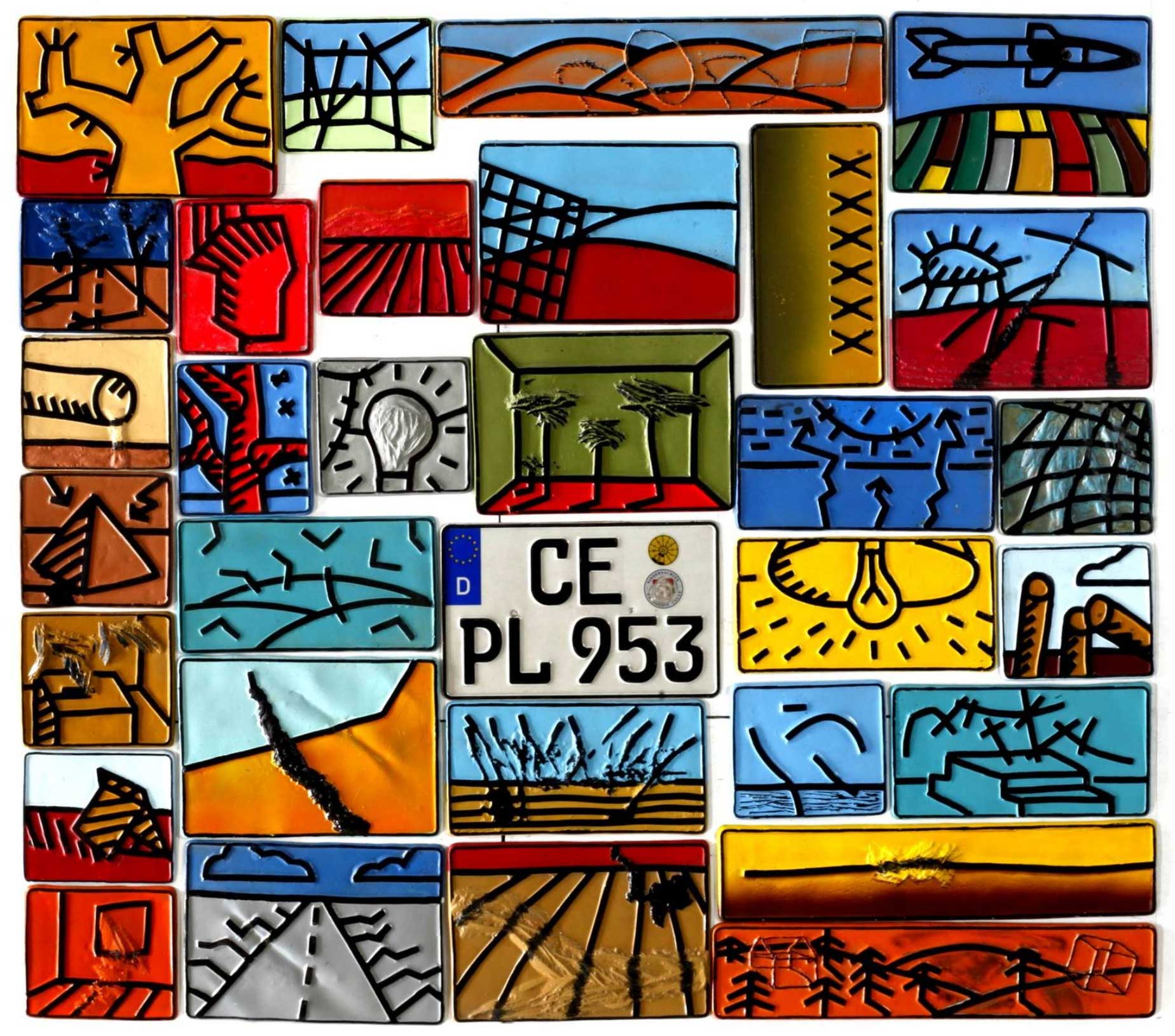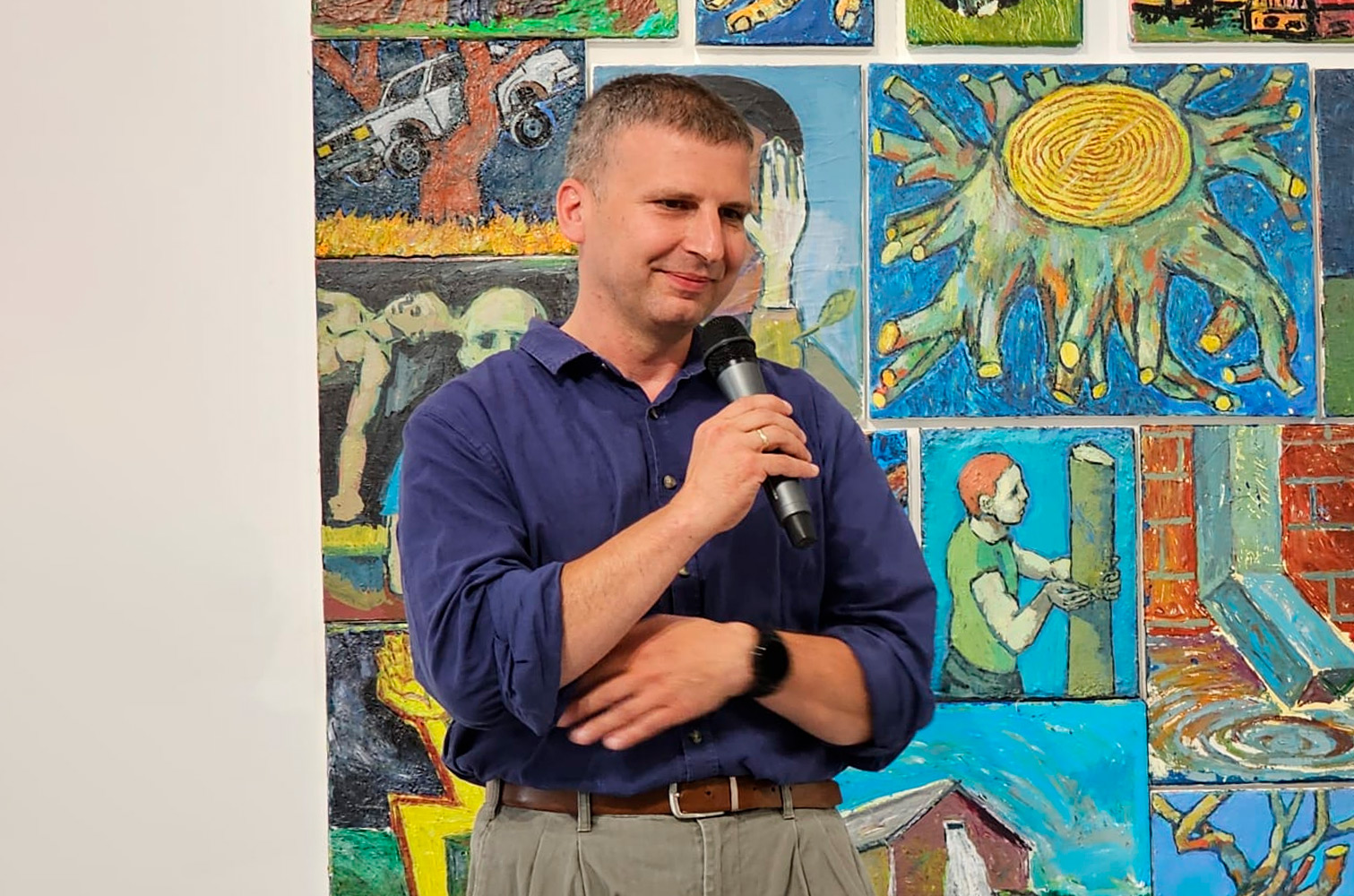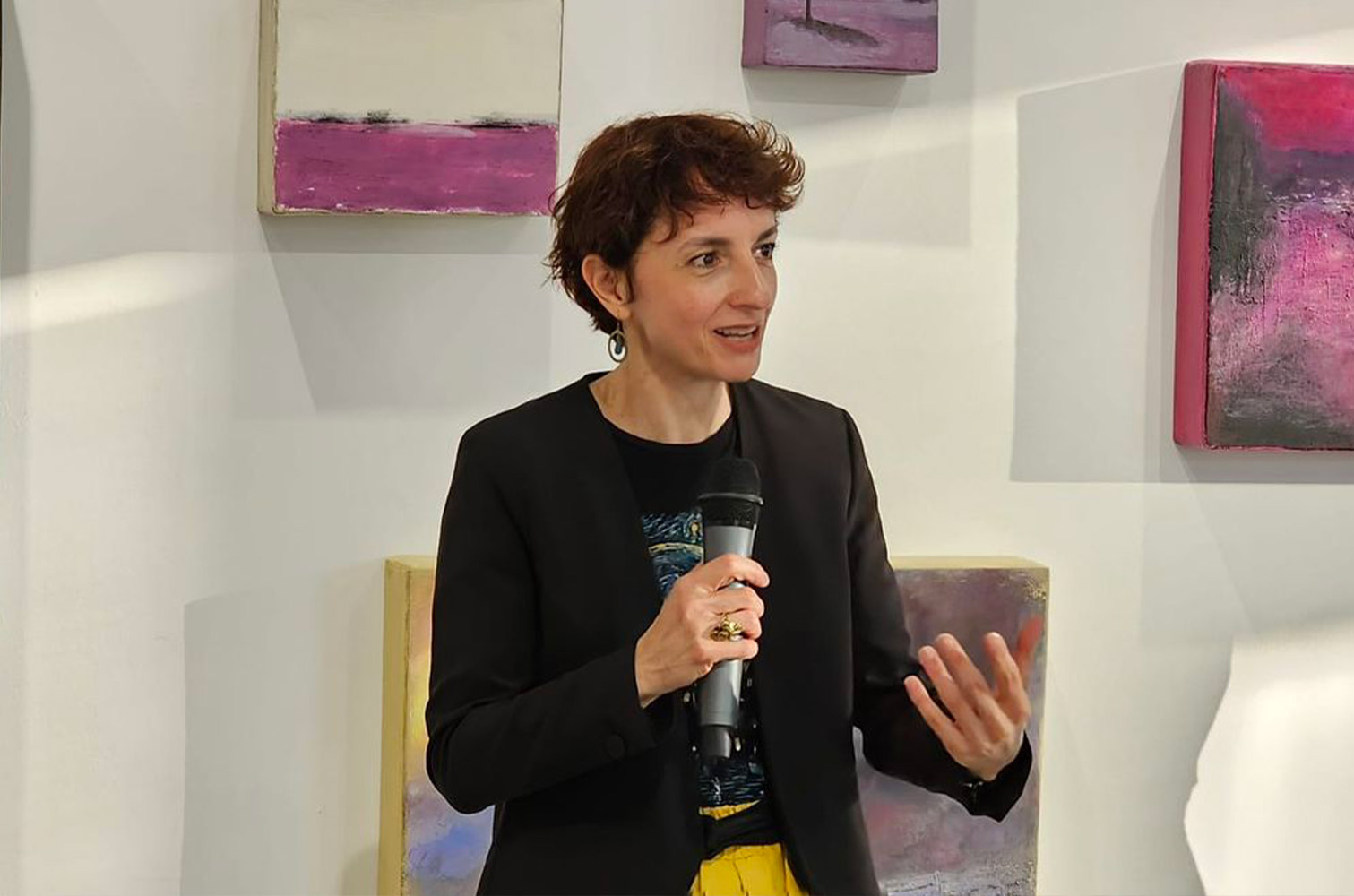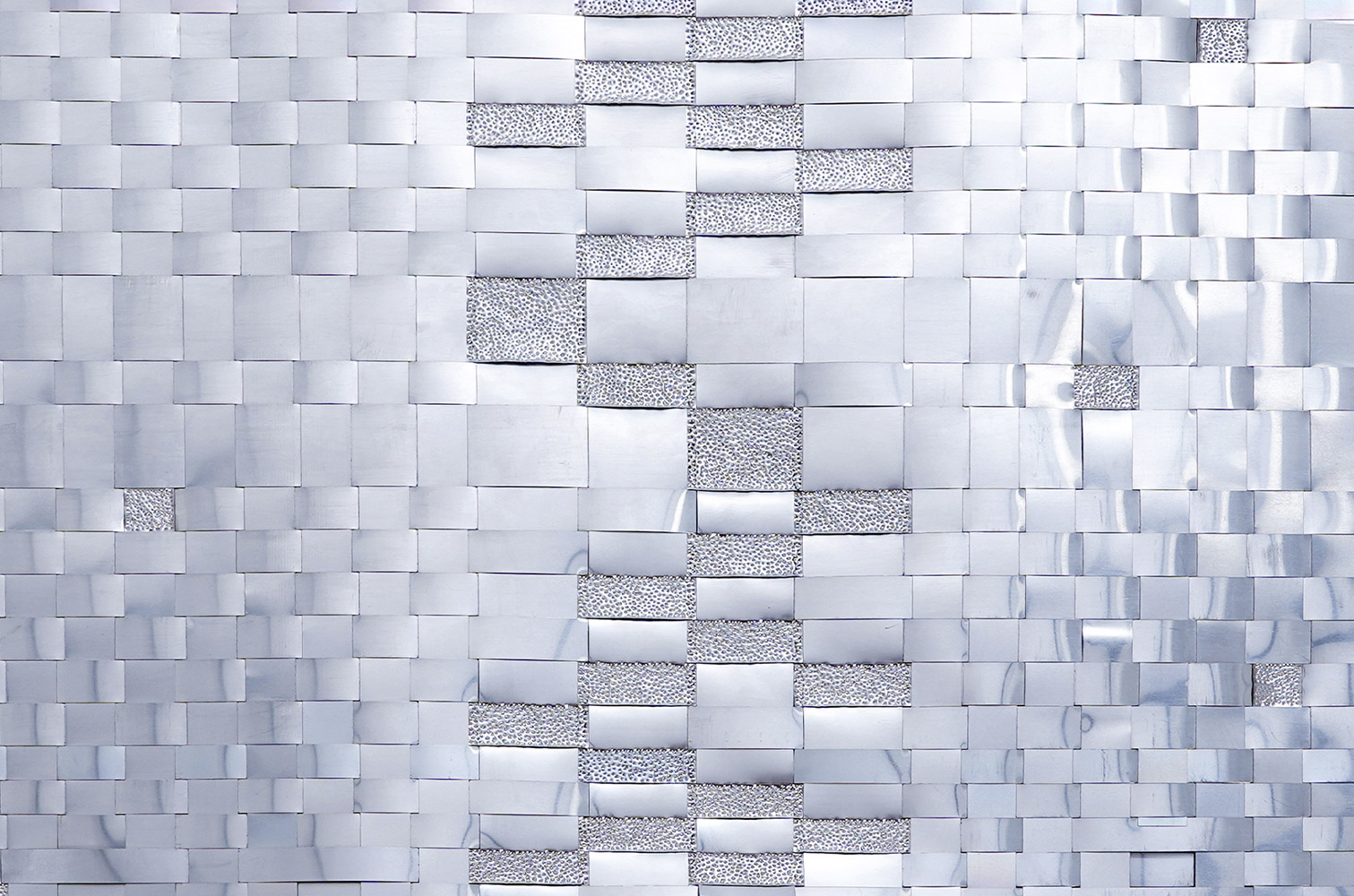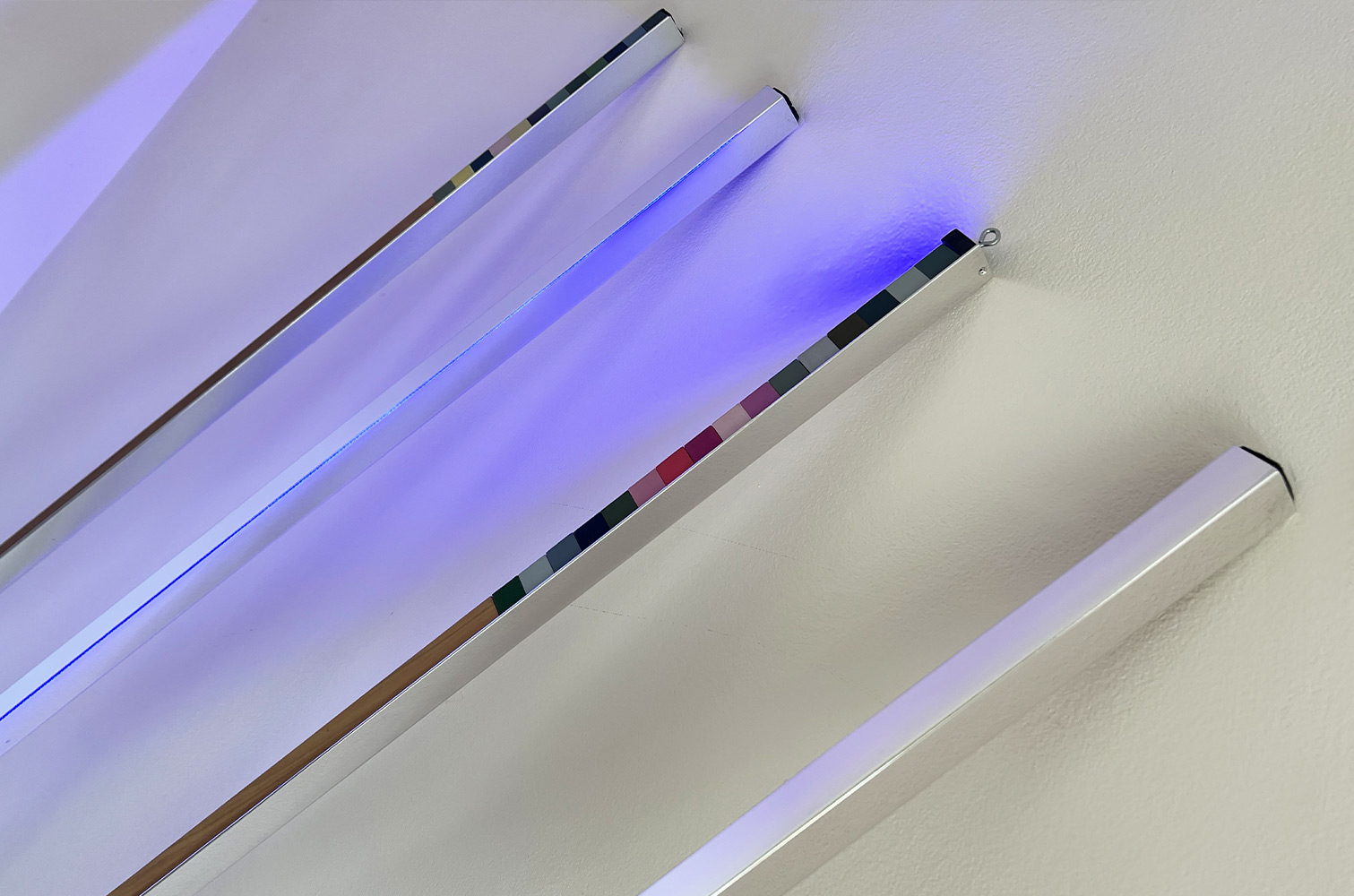winner of the comel award 2023
Interview with Hubert Bujak
by Dafne Crocella
Born in 1980, He studied at the Faculty of Painting and Sculpture of the Academy of Fine Arts in Wroctaw. He participates in several solo exhibitions and several dozen collective exhibitions in Poland and abroad. In his work, he uses simple forms, symbols, archetypes, finding new contexts for them. Important in his work is discovering the expressive potential of the materials used and exploring the sources of artistic creativity in its primary and emotional layer. This is linked to an idea of art as one of the most primordial human spiritual activities. He lives and works in Wroctaw.
You won the 10th edition of the Comel Contemporary Art Award with the work In The Flow, an edition that was dedicated to experience; experience with aluminium, experience as an artist, experience as a human being in life. A diaristic narrative emerges in your work that connects your personal experience with the artist’s experience of your conceptual and technical research. Can the concept of experience be a key to your work? How do technical, conceptual, and personal experience merge in your work? Are there aspects that prevail over others?
The work “In the Flow” relates closely to my experience and how I perceive reality. The attempt to collect stored images and visual impressions in this work is associated with the desire to see better and understand reality and what is happening around me. The mind is a selective apparatus, and with the help of remembered images, we interpret our situation in the world and our psychological state. The images we remember give us clues about our actions and problems and remind us of important things we need to deal with. Translating these experiences into artwork had a very freeing effect on me; all the creative activities involved in this work had self-therapy characteristics.
When presenting your work, you tell how it came about as a result of a trip in which you observed license plates on cars, suggesting that they were sending you messages. The work In The Flow is, in fact, a collection of license plates. How much is the dimension of travel, on a symbolic level, a stimulus to your work? And how much does the idea of the ‘hidden message’ also fit into your compositional language about the relationship you establish with the viewer of your work?
You created the work under the influence of an impulse that appeared when I was trying to deal with many of life’s problems. Travel is a state of suspension in time and space that allows one to see many things from a new perspective; it is a situation with a freer flow of thoughts and ideas. I felt a strong need to externalize all the experiences and images gathered in this way. The idea of using the plaque as the basis for the reliefs appeared suddenly, in the form of a sudden discovery. I also thought that other people might perceive reality similarly, and with this work, I wanted to connect with others, showing that we all have similar problems and that art can help us deal with them.
Organic life
The work is titled In The Flow; why did you choose this title? There is also a painting of yours that bears this title. What is your idea of “flow”? And what is the relationship between the aluminium work and the painting? Were they born at the same time?
The title: “In the Flow” refers to the specific way this work was made, both the painting with the same title and the series of aluminium reliefs were made similarly, I also made a cast iron sculpture with the same title. Although the works were made at different times, what they have in common is a creative process based on a stream of consciousness, something referred to in the literature as a creative process based on fully intuitive action without prior reflection and forethought, something that resembles the creative freedom we observe, for example, in children or people who use free artistic expression as a form of therapy.
From a technical point of view, the work is a set of castings made of aluminium. Can you tell us something about the technique you used? Do you melt the metals yourself? Do you use other metals besides aluminium? And what peculiarities did you find in using this material?
Rainmaker
The world of pop art seems to influence your work particularly. Do you have any particular artists you are inspired by? In pictorial work, expressionist traits often return, especially in figurative works. What relationship do pop art and expressionism have with your artistic research? And what relationship do your works related to the figurative establish with each other with those related instead to samples of signs such as In The Flow or Simple Drawings?
First of all, I am an expressionist; some of the traits of pop art aesthetics present in the work “In the Flow” are related to the need for strong use of color and strong and decisive colorcontrasts, while the drawings themselves and, above all, the way they were created is closer to expressionism, which is not to say that pop art has never inspired me: among the creators of pop art, I am probably close to James Rosenquist, who used images and aesthetics derived from popular music, advertising, newspapers, and television to construct images with a deep, metaphysical, sometimes prophetic character.
Simple Drawning
The work In The Flow is composed by 41 aluminium plates. You have others as well. How many are there in all? Where have they been exhibited? Do you plan to create more?
The whole series consists of about 200 aluminium castings, which means that next to the work “In the Flow” I have 4 other compositions, each consisting of about 40 aluminium plates. I have already presented some parts of this work on several different occasions. Still, the idea of a 150×150 cm painting composed of aluminium castings arranged and juxtaposed came about in connection with the 10th edition of the Comel Award and the theme of the competition “The Aluminium Experience.” In this case, even the creation of the composition itself was a creative activity, the effect of which was appreciated by the Jury of the ComelAward.
In the Flow 2
You won an award in Italy, a land you have traveled to several times. What is your relationship with Italian culture? Are there any Italian works, whether artistic or literary or musical, or authors that you feel have inspired your work as an artist?

